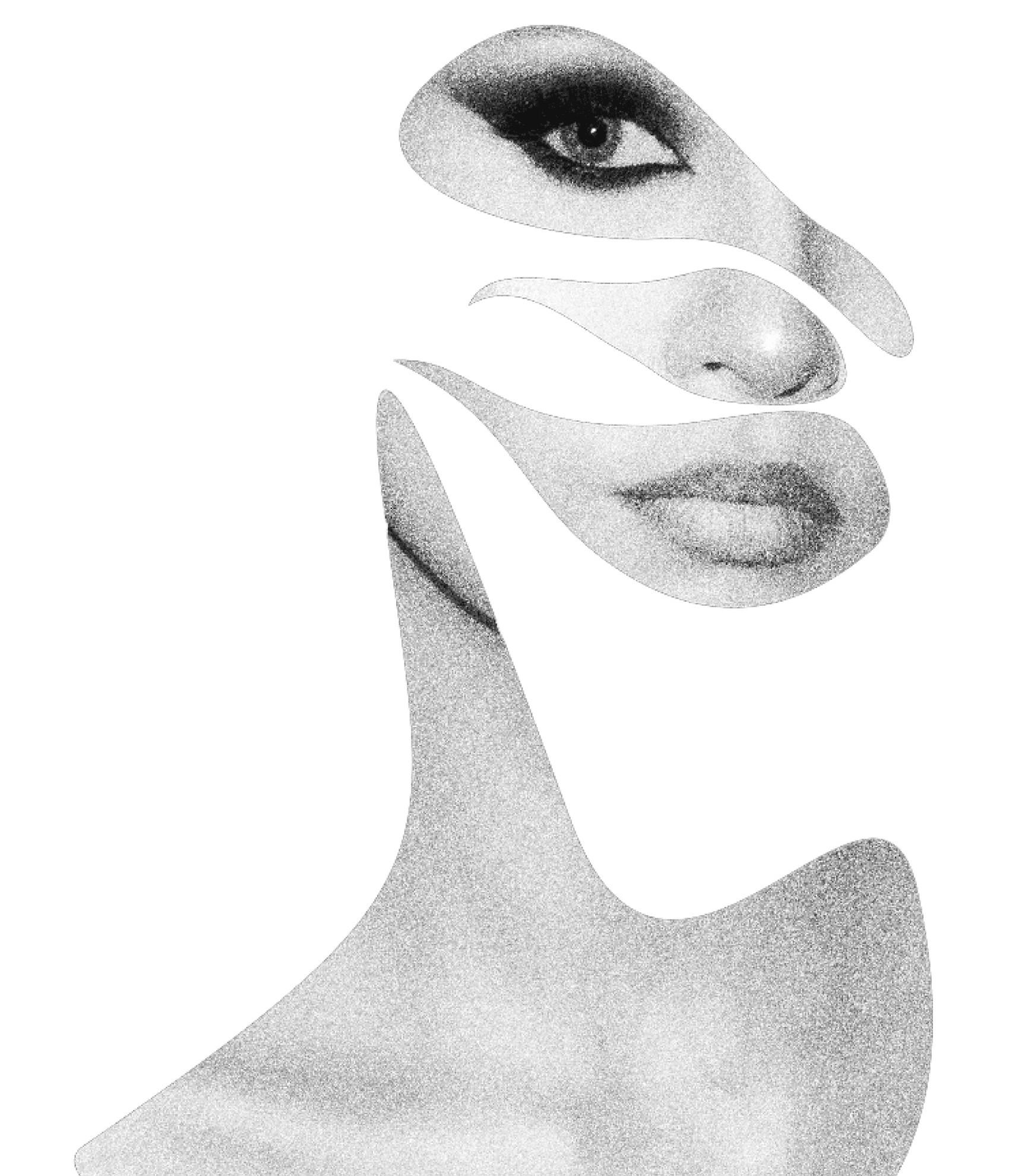What is Botox and is it the best neuromodulator product for you?
Botox is the premier and best-studied wrinkle relaxer available in the US. Botox has been in cosmetic use for over two decades. While three more neuromodulator products (Dysport, Xeomin, and Jeuveau) have become available in the US, Botox remains the reigning champion because it works in a predictable fashion and creates natural-looking results.
Botox creates temporary and predictable relaxation of specific muscles involved in facial movement. As long as the correct amount of Botox is placed in the correct muscle, you can expect to see a natural-appearing reduction in facial lines and wrinkles or bothersome facial movement that lasts three to four months.
What muscles can be relaxed with Botox?
Botox will typically cause any muscle to relax for a period of three to four months so long as that muscle is precisely injected with the correct number of Botox “units”. Units are simply a standardized measurement of the active molecule present within a vial of Botox. The following amounts are typically required to treat the most common facial muscles addressed with Botox:
- Horizontal forehead lines: 8-20 units
- Frown lines or the dreaded “11s”: 20-25 units
- Crow’s feet or periorbital lines: 24 units
- Brow lift or brow shaping: 8-20 units
- Bunny lines or nasalis muscle: 4-10 units
- Lifting of the corner of the mouth: 10 units
- Bands or cords in the neck below the jawline: 15-45 units
What other facial concerns can be treated with Botox?
Botox blocks the release of the neurotransmitter acetylcholine. Thus, any bodily process that requires acetylcholine release can be modified with Botox injections. This can range from reduction in facial lines and wrinkles to reduction in excessive sweating to vocal spasms and additional issues. Common facial areas of treatment other than relaxing facial movement and wrinkles include a reduction in excessive bulk of the masseter muscle which not only can reduce the symptoms of TMJ/ jaw pain but also slim the lower face creating a more refined, feminine appearance.
Where does Dr. Weber use Botox to treat conditions that don’t involve the face?
Several of the most gratifying areas to treat with Botox other than the face include treatments to reduce sweating of the armpits, palms, and soles of the feet. Botox can reduce sweating for a period of up to six months. Tired of using prescription grade antiperspirants? Botox might be the best option to reduce excessive sweating and “pitting out” for a period of up to six months.
What are the risks of Botox?
First off, Botox is incredibly safe. Botox has been used to treat muscle spasticity and excessive muscle contractions in the face and body at very high doses (much higher than those used for cosmetic purposes) for several decades. The doses used to reduce movement of facial muscles are significantly lower and, by extension, even safer. The typical risks seen following facial injections are limited to a small bruise, short term injection site discomfort, redness and a small amount of swelling. Typical issues like this can be remedied with Tylenol, ice and covered up with makeup. Less common risks include a temporary headache that can last several hours before resolving.
Errors in the injection technique can result in asymmetry of effect or drooping of the brow or eyelid muscle. Asymmetries are very uncommon unless you have a pre-existing asymmetry that was present before Botox treatment. Drooping of the brow typically results from over-treatment of the brow area or placement of Botox too close to the eyebrow itself. Of note, drooping of the eyebrow can be reversed with the placement of a few additional units of Botox beneath the outer portion of the brow to counteract drooping. Drooping of the eyelid is very uncommon and usually results from injection too close to the brow bone or injection of an excessive number of units of Botox between the eyebrows. Thankfully, for the rare person that develops an eyelid droop following Botox, there exist prescription eye drops that can be used to counteract the drooping of the eyelid area. These drops stimulate Muller’s muscle that results in a temporary reversal of the Botox droop and can be continued until the levator muscle function recovers. Eyelid drooping tends to last 2-4 weeks depending upon the severity of the droop and the number of Botox units that drifted into the eyelid lifting muscle.
Are all neuromodulator products equivalent?
No. Botox and the three other products available in the US are NOT equivalent. While all products are serotype A neuromodulators, they are created and processed differently making their characteristics very different. For this reason, we cannot extrapolate the effect of a certain number of units of one product to a different product.
Are the newer neuromodulator products “better” or superior in any way?
It is my opinion that Botox is the most effective and predictable wrinkle relaxer product available. In addition, the safety and effectiveness of Botox is the best-studied among the four available products. I have used every available neuromodulator product and found Botox to be, hands down, the best available.
Do some providers “dilute” their Botox?
Sadly, this might occur. There is a lot of competition in the aesthetic medicine business and some injectors seek to gain new patients by offering the lowest prices. This creates an unfortunate pressure to stretch the profitability of Botox. To avoid this risk, seek out a professional Botox injector with years of experience and many happy Botox patients.
Has Dr. Weber ever tried Botox on himself?
I have been a devoted Botox injector and patient for over a decade. I wouldn’t treat my patients with Botox if I didn’t trust the exact same product in my own face!
How can I learn more?
Please call our office at (303) 792-2224 or check out our website weberfps.com to learn more and request a consultation.

